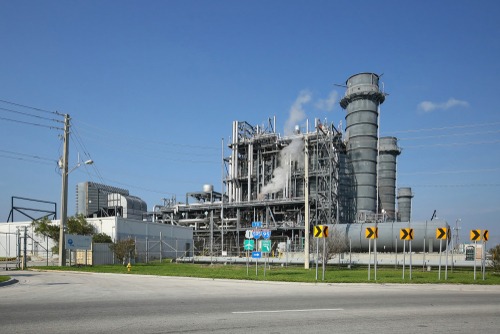Florida Power & Light advances development of solar, clean energy facilities

As Florida Power & Light Company exits operation of its last coal-fired power plants, it is ramping up the development of additional solar and clean energy power facilities.
At the end of 2020, FPL officially closed its last coal-fired plant in Florida at Indiantown. Then, earlier this year, Gulf Power, which is part of FPL, ceased coal-fired power generation at its Plant Crist in Escambia County. It is being modernized and converted to run on natural gas – cutting the plant’s carbon emissions rate by 40 percent.
“While the sun is setting on coal use in Florida, cleaner energy is rising like never before,” FPL President and CEO Eric Silagy said. “We have built more than 40 solar energy centers throughout the state , and we are well on our way to installing more than 30 million solar panels by 2030. And, we are not stopping there. With the construction of the world’s largest solar-powered battery facility and an innovative green hydrogen pilot project, we are leading the state and nation in producing energy that is reliable, affordable, and better for our environment.”
FPL will begin developing the Indiantown Cogeneration plant site for a new solar project, and it will explore opportunities for future clean energy solutions. FPL is looking to have nearly 40 percent of its power generated by zero-emissions energy sources by 2030.
Currently, the company has 41 large-scale solar energy centers installed throughout Florida, with nearly 3,000 megawatts (MW) of solar capacity. All of its solar energy centers that became operational in 2021 will support FPL SolarTogether community solar program. Further, the company’s 30 X 30 plan to install 30 million solar panels by 2030 is more than 40 percent complete.
FPL also stated that it will have an additional 700 MW of battery storage added to its service area by the end of this decade.
